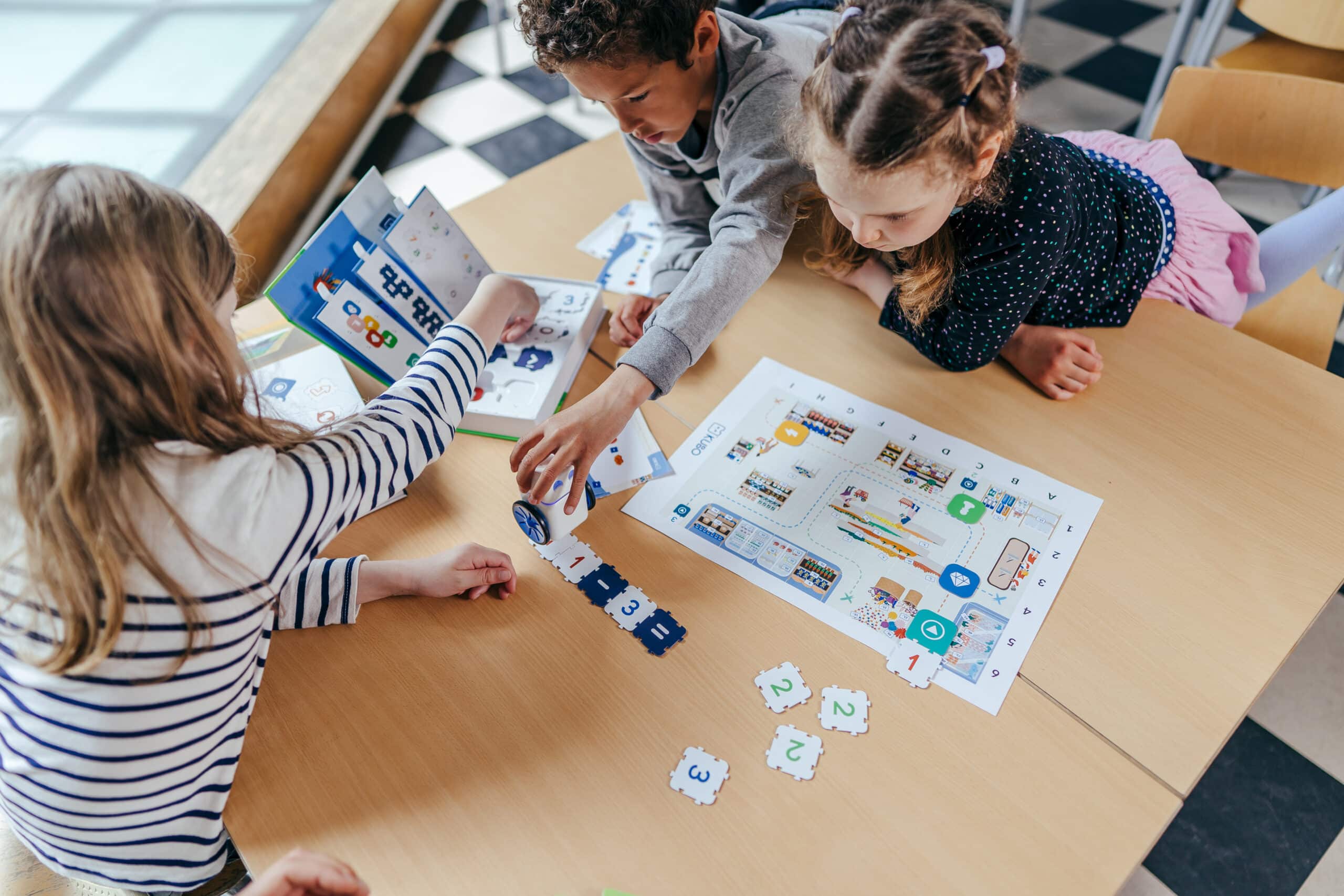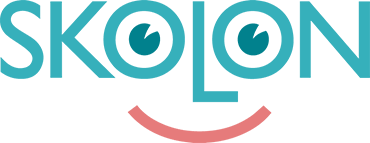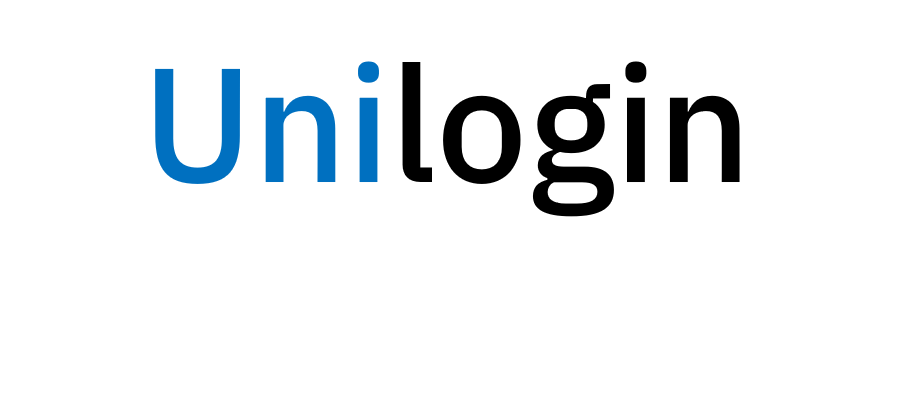The idea that not everyone learns the same way became popular in the 1980s. It led to different studying strategies being identified and outlined as the most common ways of learning.
The most widespread framework, for the different learning styles, is Niel Fleming’s VARK model. The model has been helping people learn more about themselves and their learning preferences, ever since it was introduced in 1987.
What is the VARK model and why is it important?
The VARK model presents the idea that people learn best in different ways. Niel Fleming has identified four learning styles – Visual learning, Auditory learning, Reading and writing and Kinesthetic learning.
By introducing early learners to different learning styles, we give them the opportunity to explore different learning techniques and find the best way to learn.
What are the VARK Learning Styles?
Let’s look into each of the four learning styles – Visual learning, Auditory learning, Reading and writing and Kinesthetic learning.
Visual learners are good at understanding and remembering information when it’s presented to them in a visual form such as pictures, diagrams, charts or even movies.
Auditory learners thrive with new information when it’s presented to them vocally for example during lectures, discussions or in a musical form.
Reading and writing learners understand information best when presented in a written form, like in textbooks or presentations.
Kinesthetic learners learn through doing. They are hands-on learners and process information best when they create a personal experience around the learning.
The VARK Learning Styles in the Classroom
The 4 learning styles are all about recognizing that children learn and remember best in different ways. Understanding the main learning preferences gives you the tools to diversify your teaching style and provide individual help when needed to reach the class’ and students’ goals.
Integrating VARK to your teaching doesn’t mean that you should find out each student’s learning preferences and teach them individually. It means that you can offer more diversified content, you can repeat your explanations in varied ways that cater to the different learning styles and thus, introduce different learning techniques to your students.
Teachers can identify small children’s preferred learning style by observing them and watching their reactions to different teaching methods. For example, you present to kids a new STEM subject – coding. How do the different kids respond to looking at pictures or videos of someone who explains coding? Do some of the kids show interest in listening to a lecture about coding or do they prefer to read about it? Could it be that some kids are ready to jump in and try coding on their own instead of any of the other activities?
Best practices for Visual Learners in the classroom
For Visual Learners, it’s much easier to recall specific information if they connect it with images instead of words.
Have you identified Visual Learners in your classroom? Then make sure to present them with graphic elements such as flashcards, charts, illustrations and videos. Encourage visual learners to add symbols to their notes instead of words, or to underline important parts of text and use different colors when taking notes.
Tips for Auditory Learners in your class
Auditory learners learn best through listening. When they are listening to your lecture, an e-book or a discussion group, their understanding of a subject increases.
How to support auditory learners in your classroom? You can encourage auditory kids to read text out loud. Or to make it more of a social activity, you can pair auditory learners with read and write learners, where the latter read out loud. Another idea is to create weekly study groups where kids can discuss lectures.
Classroom tips for Read and Write Learners
Do some of your students grasp information fastest when they see it written down? Then let’s look into how to stimulate read and write learners.
Written materials, such as textbooks and presentations, are the obvious answer to how to assist read and write learners. Other ideas can be to help them take notes during lectures and later on when revisiting the notes, rewriting them. Making lists and describing new concepts or definitions with their own words is also a great study technique. The more read and write learners rewrite information, the better they understand it.
Best ways to stimulate Kinesthetic Learners
Small kids often learn best by watching someone else perform an activity and by trying on their own. K-5 students are often kinesthetic learners. As they are still learning how to focus and concentrate, young kids learn best through their senses. All types of hands-on activities, such as science experiments, art projects or cooking classes, are helpful learning approaches. Ideas for encouraging kinesthetic learners is to visualize the learning process. For example, use objects and trace words by using fingers when reading, write words in the air when spelling, count objects with fingers.
STEM Learning and The VARK Learning Styles
STEM learning focuses on hands-on, collaborative experiences. Whether it’s a science experiment or a coding class, STEM activities challenge the traditional read and write teaching and learning styles.
STEM activities help you expose your students to new learning styles and let them discover their personal preferences.
For example, a STEM class where you can include all learning styles would be a coding class with KUBO. KUBO is a hands-on robot that teaches kids coding in an unplugged environment. Using a TagTile® coding language, children collaborate to solve tasks with code.
How does a coding class bring in the different learning styles?
A coding class with KUBO starts with presenting new programming concepts and showing how to code with KUBO. You will be giving the students verbal instructions (Auditory learning) and you can show KUBO in action on a big screen (Visual & Kinesthetic learnings).
You can encourage your students to take notes of the new coding concepts you are presenting to them (Read and write learning).
Once the kids are given the opportunity to code with KUBO, they need to work in small groups (2-3 students). They take turns in collaborating and work together towards solving a specific task.
Learning with KUBO focuses on the learning by doing approach but also includes Learning by hearing – students discuss the best possible solution to the task they are working on; Learning by seeing – KUBO and the TagTile® coding language are based on a puzzle-like concept, making it easy for students to visualize the problem and possible solutions; Learning by reading and writing – coding with KUBO, means writing a code that KUBO needs to execute, students are of course welcome to take notes if that helps them solve the tasks easier. Are you curious to learn more about KUBO, meet him here.
To sum up, the VARK model in your classroom
The VARK model is designed to help adults understand their learning styles better. However, integrating the VARK model in your teaching style and presenting information to kids in various ways helps children better understand new concepts.
Learning about the individual students’ learning styles would improve the teaching and learning outcomes in your classroom and it would help parents understand their kids better and what type of stimulation they need to optimize their performance at school.






